This post may contains affiliate links. Read our full disclosure here.
Every time I look at my sad patch of lawn, I wonder what it could become. In 2025, starting a backyard wine vineyard isn’t just for professional vintners anymore—it’s totally doable for us regular folks with a passion for wine! The idea of growing my own grapes and eventually pouring a glass of homemade wine for friends makes me giddy. Starting a backyard wine vineyard requires some planning and patience, but the reward of sipping something you’ve cultivated from the ground up is worth every bit of effort.
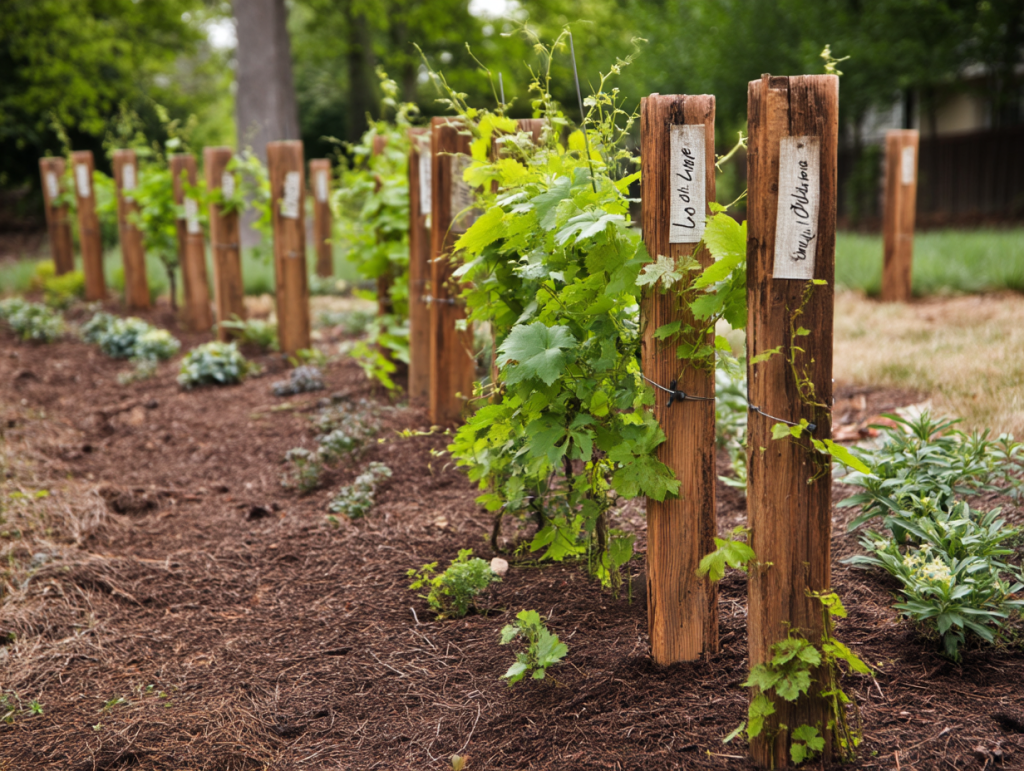
I’ve spent countless hours researching what makes backyard vineyards flourish (and fail), and I’m ready to share everything I’ve learned. Whether you have a sprawling yard or just a sunny corner that’s begging for some purpose, a mini vineyard might be your next obsession. Let’s walk through all the essentials of starting a backyard wine vineyard, from picking the right varieties to knowing when you’ll finally pop that first homemade cork!
Picking the Perfect Grapes for Your Climate
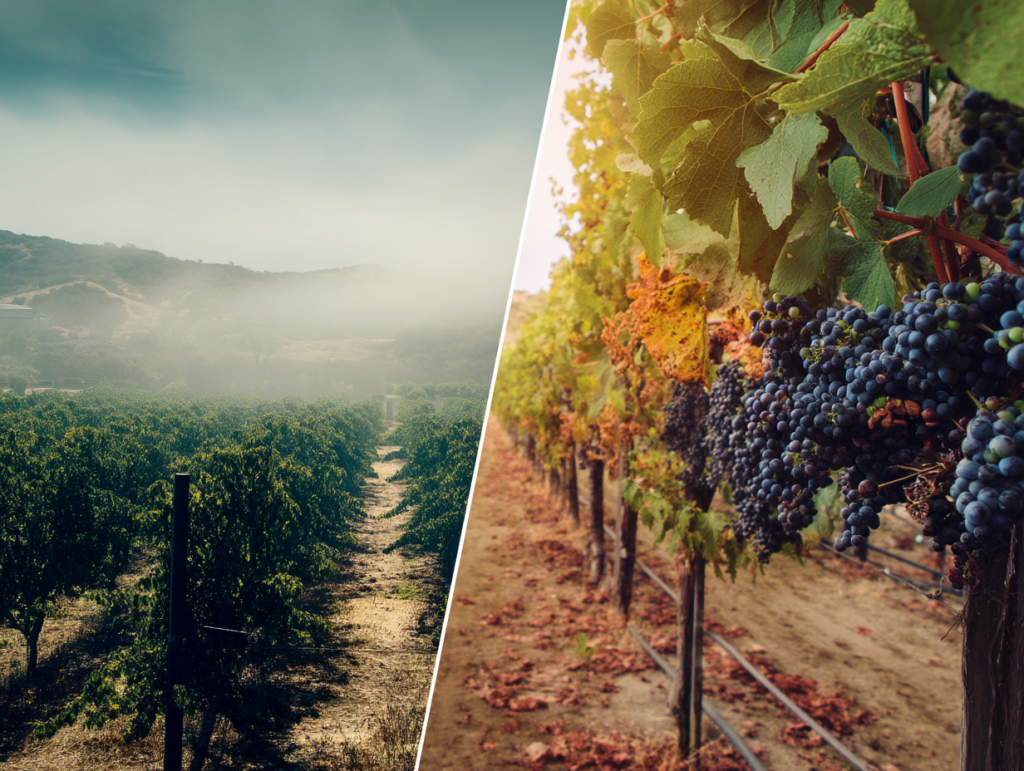
When I first decided to transform part of my yard into a backyard wine vineyard, I quickly realized not all grapes are created equal. Choosing climate-appropriate varieties is absolutely crucial for success. Your local conditions will determine which grapes will thrive in your personal vineyard.
Here’s how to select the right grapes for your area:
- Cold climate growers – Look for hardy varieties like Marquette, Frontenac, or La Crescent that can withstand frigid winters and shorter growing seasons
- Warm region dwellers – You’re lucky! Consider classic varieties like Cabernet Sauvignon, Merlot, Zinfandel, or Syrah that love heat
- Beginners (regardless of region) – Start with forgiving varieties like Concord, Catawba, or Muscadine that don’t demand perfection
- Research your zone – Check the USDA hardiness zone map to confirm which grapes suit your specific area before investing
Before purchasing any vines, I recommend consulting with local nurseries or nearby established vineyards. They’ll have practical experience with what truly works in your specific microclimate beyond just what’s theoretically possible.
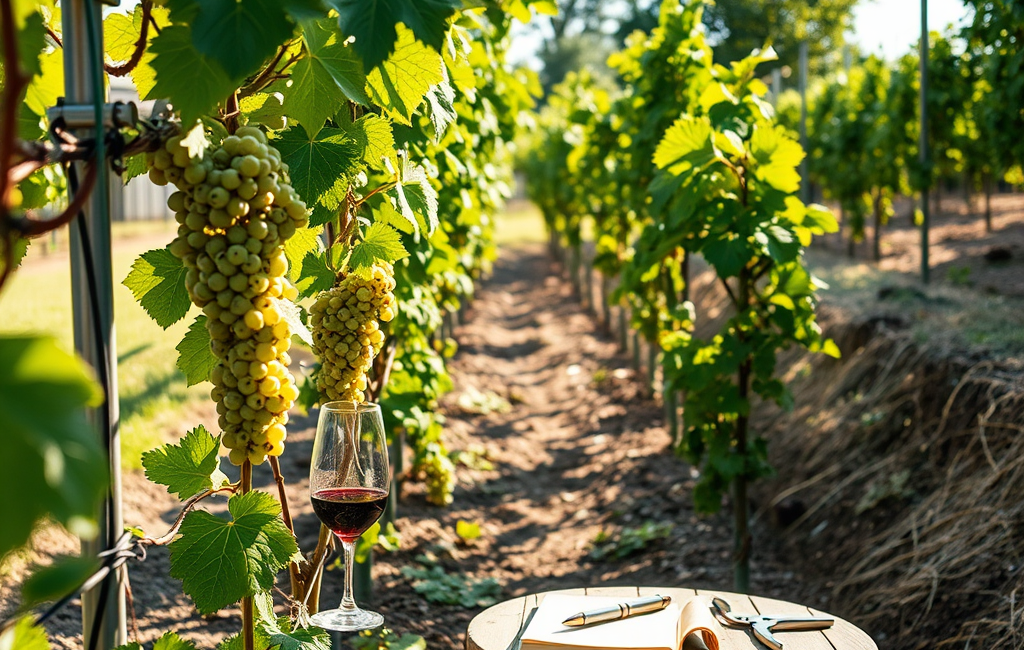
Location, Location, Location: Finding the Perfect Spot

After selecting the right grape varieties, finding the perfect location in your yard is the next crucial step for your backyard wine vineyard. Proper positioning dramatically affects how your vines grow and produce. When I planned my small vineyard, I spent several days observing how sunlight moved across my property.
Key factors to consider when selecting your vineyard location:
- Sunshine requirements – Grapes need at least 6-8 hours of direct sunlight daily to develop proper sugar content
- Soil drainage – Vines hate standing water and will develop root problems in soggy conditions
- Air circulation – Good airflow helps prevent fungal diseases that plague grapevines
- Sloped ground – Even a gentle slope improves both drainage and air movement (plus it looks gorgeous!)
- Spacing needs – Plan for 6-8 feet between vines and 8-10 feet between rows for proper growth
I discovered that the slightly sloped southern side of my yard was ideal for my vineyard goals. The combination of all-day sun exposure and natural drainage created the perfect conditions. Understanding how soil impacts grape development saved me from heartbreak later—my vines would have struggled in the originally planned location with poor drainage.
Essential Supplies for Your First Vineyard
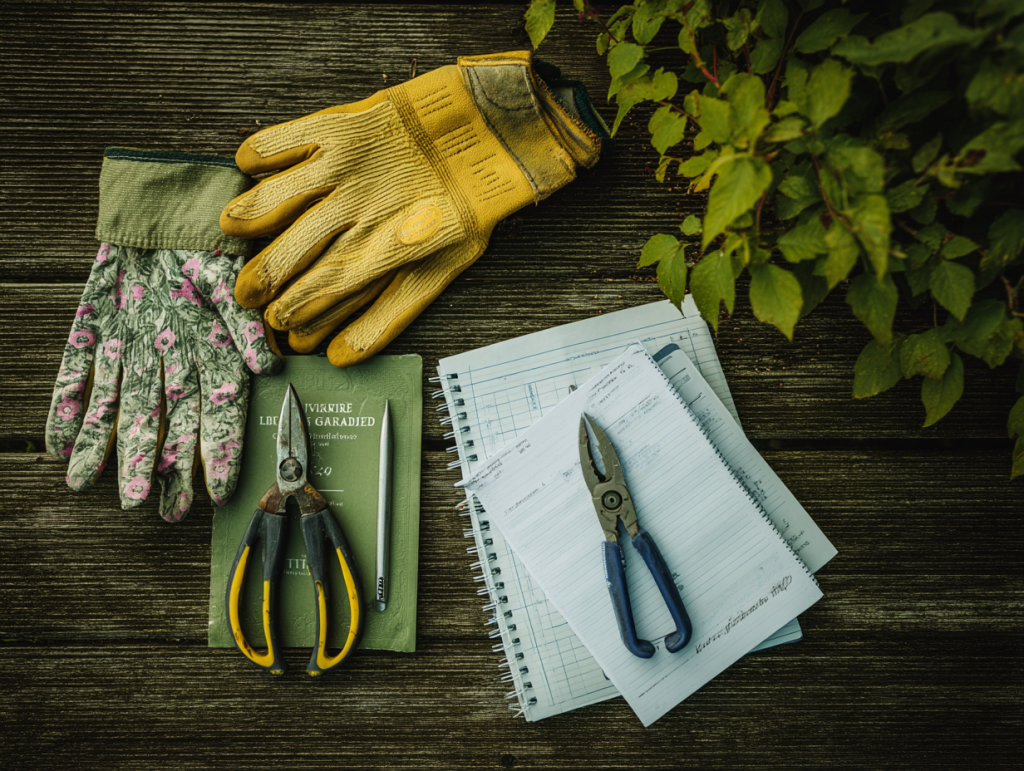
Once you’ve selected your grape varieties and chosen the perfect spot, it’s time to gather supplies for your backyard wine vineyard. Starting with quality equipment makes a huge difference in your vineyard’s success. My first supply shopping trip felt overwhelming until I broke it down into essential categories.
Must-have supplies before planting your first vine:
- Sturdy trellis system – Vines need proper support to grow upward and produce quality fruit (options include High Cordon, Geneva Double Curtain, or simple post-and-wire setups)
- Quality pruning tools – Invest in sharp, bypass-style pruners that make clean cuts to prevent disease entry points
- Soil testing kit – Grapes prefer slightly acidic soil (pH 5.5-6.5), so know your baseline before planting
- Organic compost and fertilizers – Build soil health naturally without harsh chemicals
- Irrigation supplies – Drip irrigation systems water efficiently without wetting foliage
- Protective barriers – Bird netting, deer fencing, and other barriers to protect your precious harvest
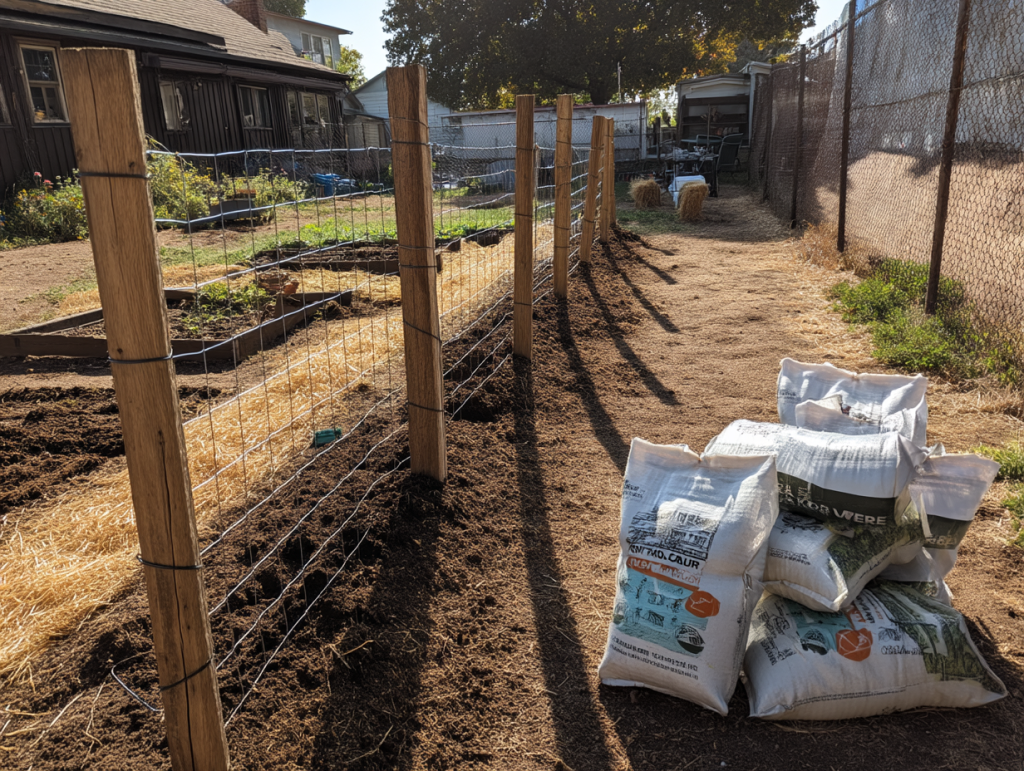
I found my local agricultural extension office incredibly helpful for recommendations on specific tools and supplies. They pointed me toward pruning shears that I still use years later. Understanding winemaking basics early on also guided my supply purchases, ensuring I’d have everything needed from vine to wine.
Common Mistakes to Avoid With Your Vineyard

I’ve made my fair share of blunders while tending to my backyard wine vineyard, and I’d love to spare you the same frustrations. Learning from others’ mistakes can save you years of setbacks and disappointment. When I first started, I definitely babied my vines too much!
Mistakes to steer clear of:
- Overwatering your vines – Grapes develop deeper, stronger roots when slightly stressed for water; too much causes root rot and weak plants
- Neglecting regular pruning – Failing to prune properly leads to overgrown, unproductive vines with poor air circulation
- Planting too deep – Grapevine roots should be just below the surface; deep planting can suffocate vines
- Ignoring pest pressure – Birds, deer, insects, and fungi will all happily destroy your harvest if left unchecked
- Overcrowding your vineyard – Proper spacing isn’t just a suggestion; crowded vines compete for resources and create disease-friendly conditions
My biggest personal mistake was underestimating how much work pruning would be. I now set aside dedicated “vineyard days” each season to stay on top of maintenance. Planning for a backyard tasting area alongside your vineyard can provide motivation during those labor-intensive days.

When Will You Get Your First Harvest?
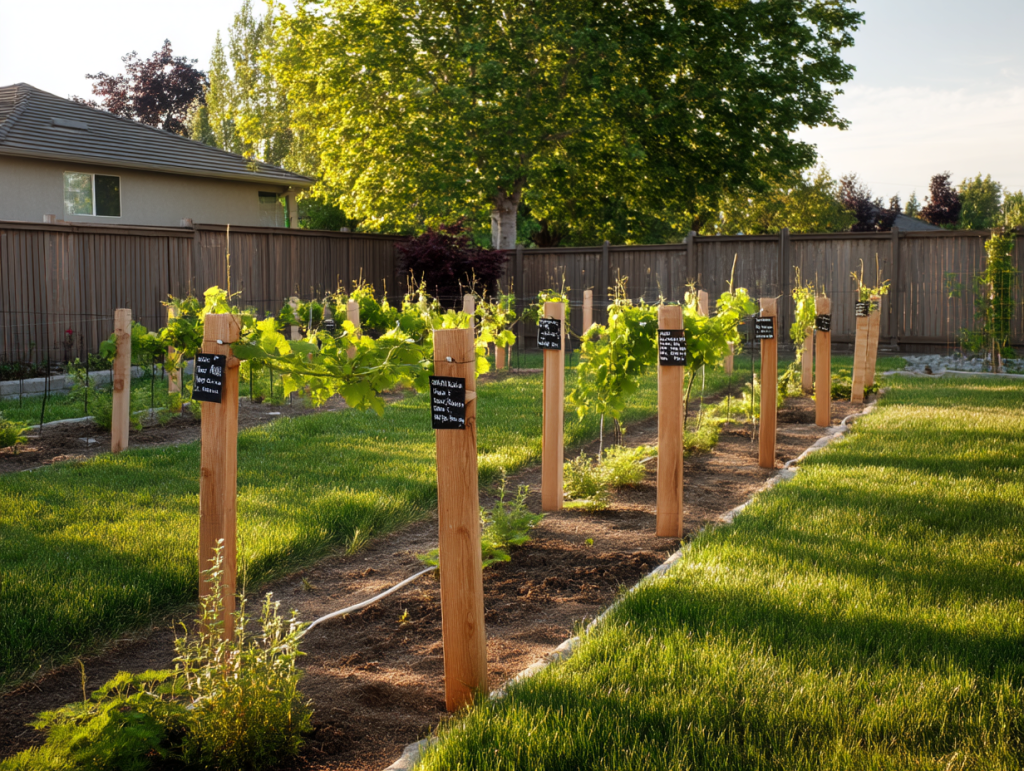
The question everybody asks when starting a backyard wine vineyard: “When can I drink my homemade wine?” Patience truly becomes a virtue when growing grapes. I remember eagerly watching my first vines, expecting grapes within months, only to learn the sobering reality of vineyard timelines.
What to expect with your vineyard timeline:
- First year – Focus on root establishment and training young vines; remove any fruit that appears to direct energy to growth
- Second year – Continue developing vine structure and possibly allow a small amount of fruit to develop
- Third to fifth year – Your first significant harvest usually occurs here, though exact timing varies by variety and growing conditions
- Harvest timing – Typically late summer to early fall when grapes reach optimal sugar content (use a refractometer to measure)
- Post-harvest options – Begin fermenting for wine, make grape juice, jelly, or even vineyard-specific cocktails
I’ll never forget my first proper harvest in year four—smaller than expected but so satisfying. The wine was far from perfect, but it started my journey into understanding wine characteristics from a producer’s perspective rather than just a consumer’s. Now in 2025, with several harvests behind me, each year brings improvements both in my vineyard management and winemaking skills.
Starting Small: The Key to Vineyard Success
If there’s one piece of advice I wish someone had drilled into me before starting my backyard wine vineyard, it’s this: Start with fewer high-quality vines rather than many mediocre ones. My initial enthusiasm had me planting twelve vines when I realistically only had the time and knowledge to properly care for four or five.
Smart strategies for beginning your vineyard journey:
- Begin with 3-6 vines – Master care techniques on a manageable scale before expanding
- Focus on quality over quantity – Invest in certified disease-free vines from reputable nurseries
- Document everything – Keep records of planting dates, care procedures, and harvest results to improve each year
- Join local growing groups – Connect with other backyard vineyard enthusiasts to share knowledge and resources
- Celebrate small victories – Each healthy cane, perfect cluster, and bottle produced is worth celebrating!
My backyard wine vineyard journey has transformed not just my yard but how I appreciate wine. There’s nothing quite like pouring friends a glass of something I’ve nurtured from the soil up. Despite the challenges, watching visitors’ faces light up when I mention the wine came from those vines just beyond the patio makes every hour of work worthwhile.

While starting a backyard wine vineyard requires commitment, the satisfaction of growing your own grapes and potentially creating your own wine makes it all worthwhile. Whether you’re planting two vines or twenty, the connection to the ancient tradition of viticulture adds a special dimension to your home and lifestyle. So grab those pruners, check your soil, and get ready to join the proud community of backyard vintners in 2025—your future self will thank you when you’re sipping that first homemade vintage under the very vines that produced it!




